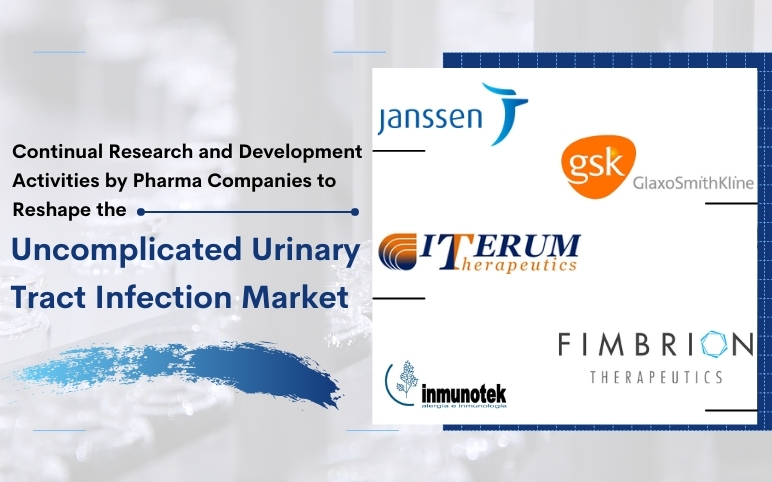
Dec 27, 2019
Allergic diseases, such as allergic rhinitis (hay fever), food allergy, and eczema, are common allergies that affect people from all over the world. As per CDC, allergies are one of the top ten causes of chronic illness in the USA, afflicting around 50 Million Americans every year. The economic burden of Allergies is estimated to be as high as USD 18 Billion.
According to a survey by National Health Interview Survey (NHIS), around 8.4% of US children under age 18 suffered from Allergic rhintsi, 10% from respiratory allergies, 5.4% from food allergies, and 11.6% from skin allergies.
Moreover, according to the American College of Allergy, Asthma, and Immunology, as common as running and stuffy nose can be a symptom of allergy. Frequent sneezing or itchy eyes, mouth or skin can be a symptom of allergic rhinitis, a condition that affects 40 million to 60 million Americans.
Article in PDF
Allergic rhinitis is a condition which occurs upon inhalation or consumption of any allergic substances such as pollen, dust, or any other harmless substance such as any kind of food product which the body confuses as a potential allergen. The allergy is also referred to as hay fever or seasonal allergy.
Globally, Allergic rhinitis incidence is between 10% and 30 % of the total world’s population. As per the estimations by AAAAI, total Allergic rhinitis diagnosed population was estimated to be around 17.6 million adults which accounted for 7.5% of the global population in the year 2012. As per Agnihotri, N. T et al., (2019), around 60 million cases of Allergic rhinitis are from the US only.
The increased Allergic rhinitis prevalence in western countries is backed by other studies as well as estimating AR diagnosed cases ranging from 60-80 million cases every year in America.
Allergic rhinitis preponderance is equally seen in both the genders. However, according to Agnihotri, N. T et al., boys show an increased Allergic rhinitis incidence in childhood, and women are more commonly affected in adulthood.
AR prevalence peaks around the age of 16–24 and decreases in the subsequent years up to the age of 65–70.
Allergic rhinitis treatment market constitutes several medications, home remedies and alternative medicines.
Medications such as non-sedating anti-histamines, decongestants, eye drops and nasal sprays, immunotherapy and Sublingual immunotherapy (SLIT) are prescribed to offer relief from allergic reaction due to Allergic rhinitis to the patients.
Use of antibiotics, nasal surgery and sedating first-line antihistamines are not entertained for Allergic rhinitis treatment due to a higher risk side effects due to their complex chemical structures such as decreased movement across the blood-brain barrier, reduced central nervous system and adverse effects such as sedation.
Histamine is the most studied mediator in the early allergic response.
The second-generation oral antihistamines include desloratadine (Clarinex), levocetirizine (Xyzal), fexofenadine (Allegra), and loratadine.
Moreover, ocular antihistamine drops form a major proportion of Allergic rhinitis treatment landscape as a symptomatic therapy option for eyes. In addition to this, intranasal antihistamine sprays, and intranasal cromolyn, intranasal anticholinergic sprays, and short courses of oral corticosteroids (reserved for severe, acute episodes only) also occupy place in Allergic rhinitis symptomatic therapy market. Intranasal antihistamine offers more advantage as compared to Oral ones. Allergic rhinitis therapy market includes azelastine (Astelin) and olopatadine (Patanase) as FDA-approved intranasal antihistamine preparations for the treatment of allergic rhinitis.
Intranasal corticosteroids are the mainstay of treatment of allergic rhinitis.
Only budesonide (Rhinocort) carries the FDA pregnancy category B safety rating, and only mometasone (Nasonex) has a delivery device that received recognition from the National Arthritis Foundation for ease of use.
The first-generation antihistamines include brompheniramine, chlorpheniramine, clemastine, and diphenhydramine (Benadryl).
Targeted immunotherapy is the only treatment that changes the natural course of allergic rhinitis, preventing exacerbation. Omalizumab (Xolair) has shown to be effective in reducing nasal symptoms and improving quality-of-life scores in Allergic rhinitis patients. However, the main limitations of its current use are its high cost and lack of FDA approval for home use.
Launch of various upcoming therapies will impact Allergic Rhinitis Therapy Market positively. Multiple-stage pipeline products including REGN5713-5714-5715 of Regeneron Pharmaceuticals MG 56 of Inmunotek S.L. and others will significantly contribute to the Allergic rhinitis market worth.
With the increase in the Allergic rhinitis prevalence, successful trial outcomes of the Allergic rhinitis pipeline products, and a hike in research and development in the field, Allergic rhinitis market will receive a boost in the coming years.
Article in PDF

